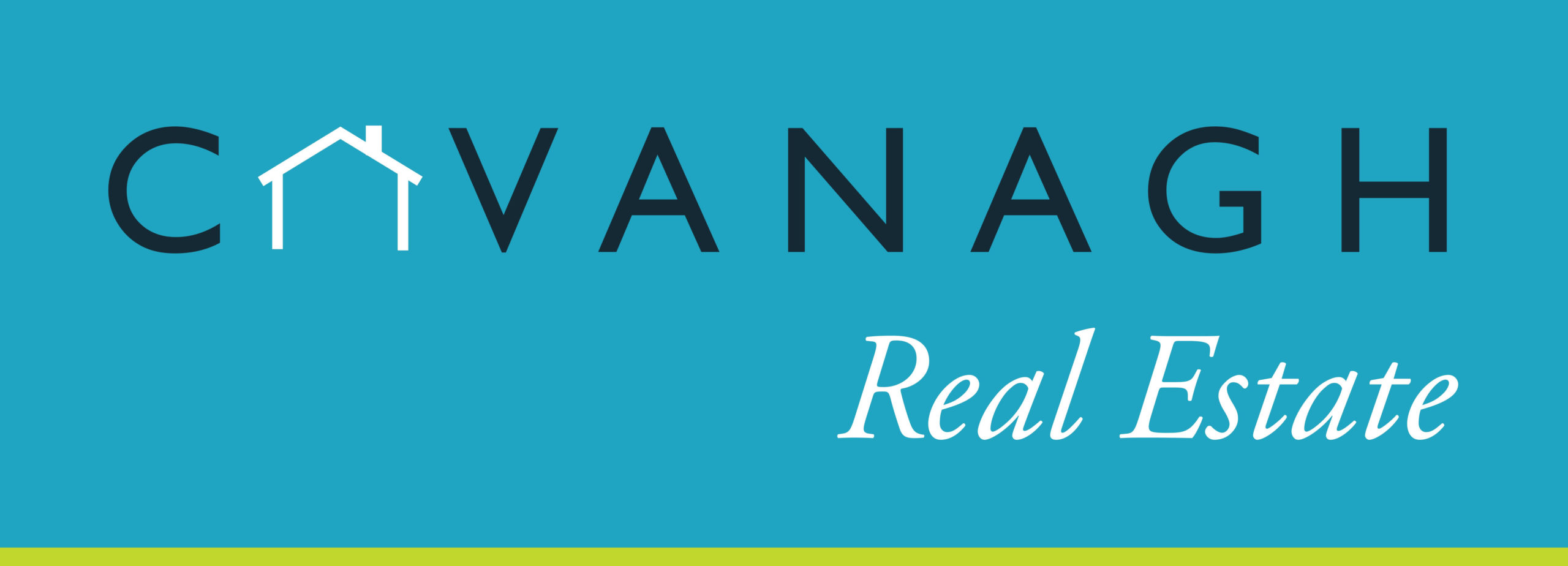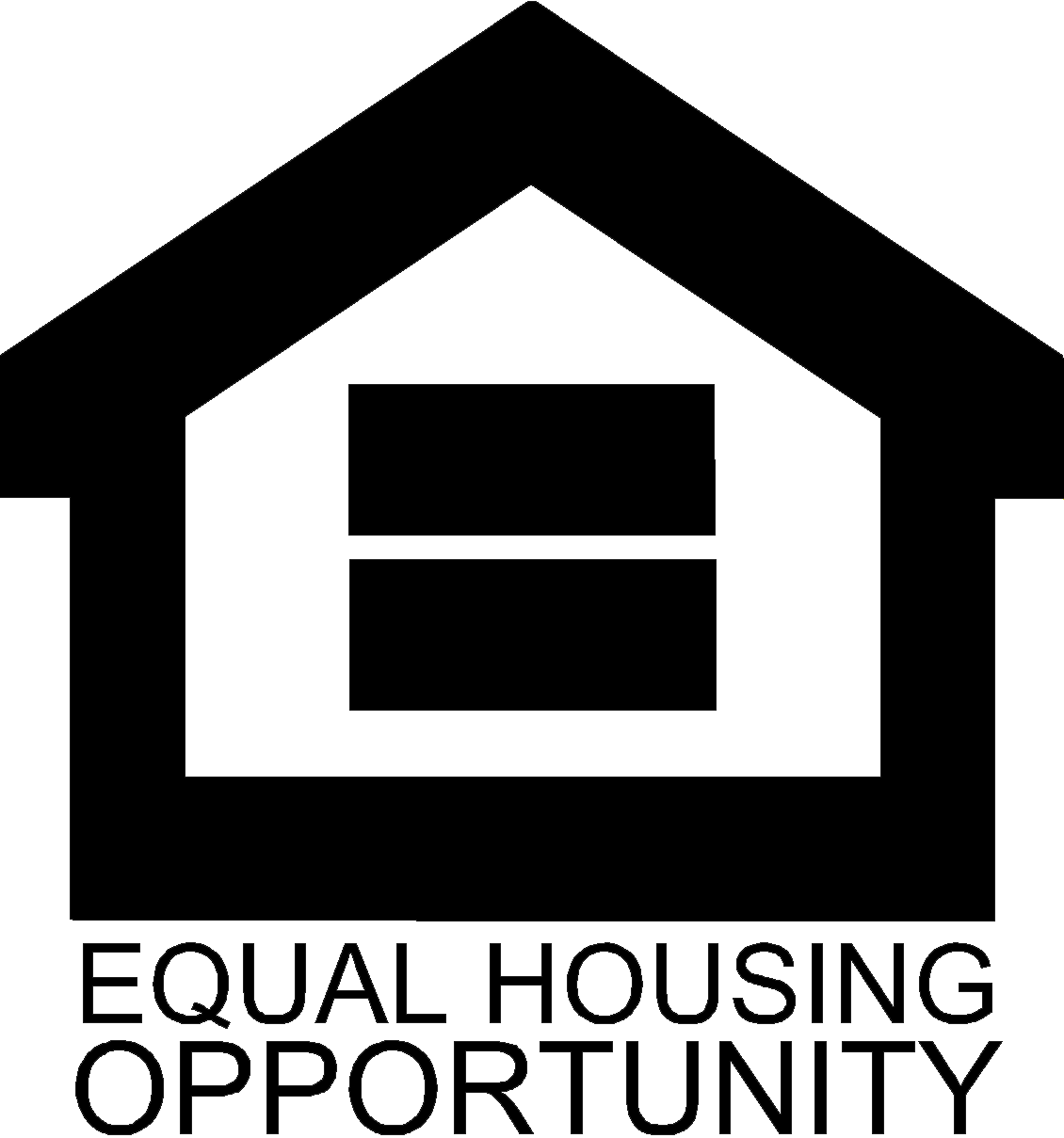 No less than seven federal agencies, FDIC, HUD, and Treasury among them, have proposed rules under Section 941 the Dodd-Frank Act to define what is know as a Qualified Residential Mortgage, or QRM. Only the safest loans will qualify for QRM status – a safe loan is defined by a buyer who has at least a 20% down payment.
No less than seven federal agencies, FDIC, HUD, and Treasury among them, have proposed rules under Section 941 the Dodd-Frank Act to define what is know as a Qualified Residential Mortgage, or QRM. Only the safest loans will qualify for QRM status – a safe loan is defined by a buyer who has at least a 20% down payment.
In terms of a median priced home in the US of $172,000, this would require a would be homeowner to bring approximately $43,000 to the settlement table – including down payment, and average closing costs and fees. To put that into perspective, it is estimated that an average US household would need 14 years to amass that amount. According to the National Association of Realtors even repeat buyers only average a down payments of 14%, and that number is likely to fall further will sellers marketing properties that were purchased in the last five to seven years.
Such stringent requirements would severely hamper the ability of 1st time home buyers to become homeowners. It is estimated that the effect of QRM implementation would add a much as 2% to the borrowing rate of buyers who do qualify for “gold” loan status. The proposal requires lenders of non QRM’s to retain a 5% position in any mortgages that are not of the highest status, and that risk retention of course will translate into higher rates for the vast majority of borrowers. NAR statistics estimate that up to 3/4 of all home buyers last year would not fall into this “gold” standard mortgage category.
The proposal also includes tightening of general underwriting guidelines such as:
– Strict mandatory debt-to-income limits. Under the proposal, to get the best mortgage rates, you’d need to spend no more than 28 percent of your gross monthly income on housing-related expenses, and you couldn’t have total monthly household debt that exceeds 36 percent of your income.
There would be no flexibility to go beyond these ceilings, unlike in today’s  marketplace, Freddie Mac, for example, has an overall debt-ratio limit of 45 percent of an applicant’s stable monthly income.
marketplace, Freddie Mac, for example, has an overall debt-ratio limit of 45 percent of an applicant’s stable monthly income.
– To refinance your existing mortgage and replace it with one carrying the best available interest rate, you’d need no less than a 25 percent equity stake in your house to qualify. If you sought to take any additional cash out through a refinance, you’d need 30 percent equity. Today’s typical requirements for a conventional refinance are nowhere near as strict.
– Pristine credit standards. For example, if you were 60 days late on any credit account during the previous 24 months, you’d be ineligible for a mortgage at the best available terms.
The National Association of Home Builders estimates 5 million potential buyers would be left out of the market, resulting in 250,000 fewer home sales, and 50,000 fewer new home starts. Coupled with the continuing sluggish market this would paint a bleak picture for any hope of a significant housing recovery.
While there can be no argument that lenient lending policies of the past led us to the point we are today, having the pendulum swing entirely the other way would have a detrimental impact as well.

